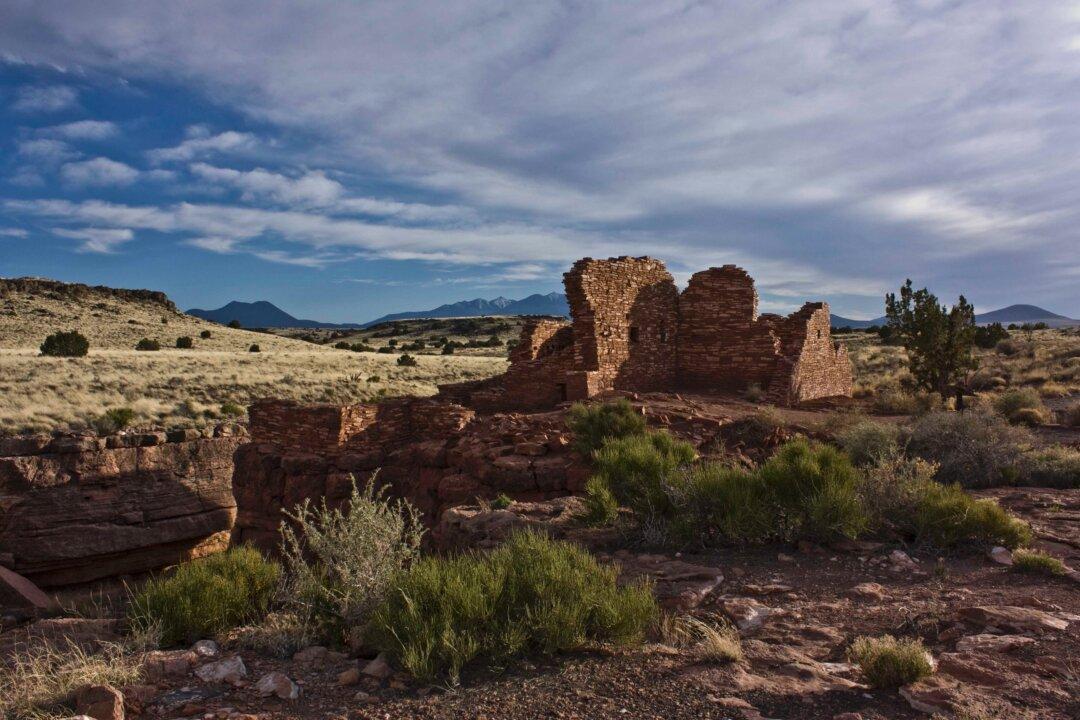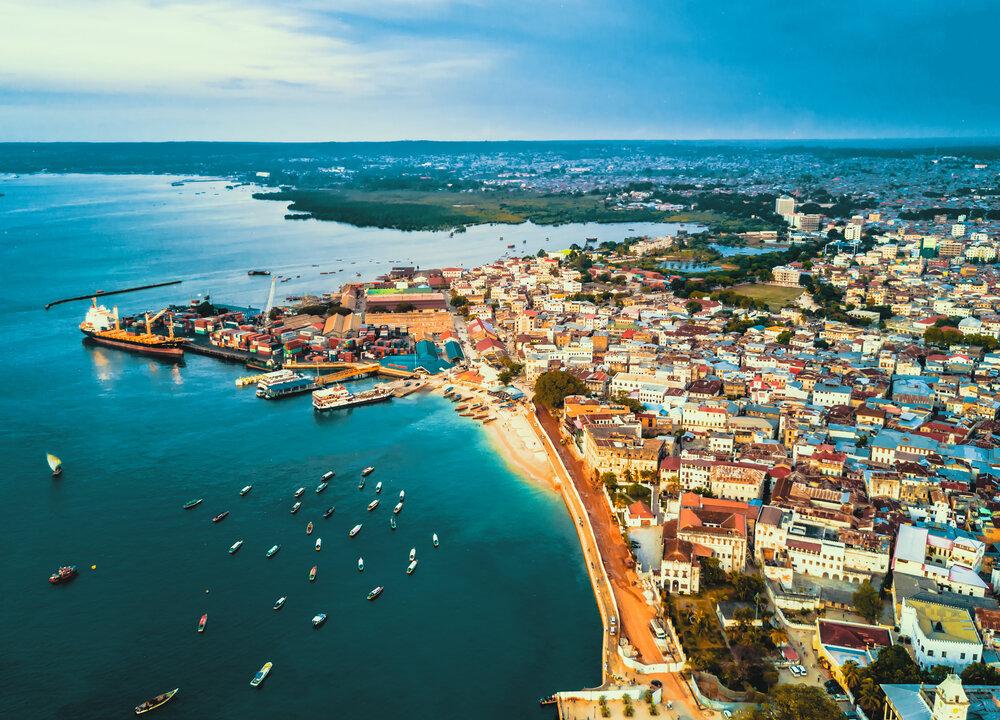Rastatt Favorite Palace, located near Baden-Baden, Germany—where Romans discovered healing hot springs—served as a pleasure palace for the Margravine Sibylla Augusta (1675–1733). It is a short carriage ride from Schloss Rastatt, the oldest Baroque residence in the German Upper-Rhine.
The oldest of Germany’s so-called porcelain palaces—home of one of the world’s largest collections of Chinese porcelains—it is also the only one that remains intact.






